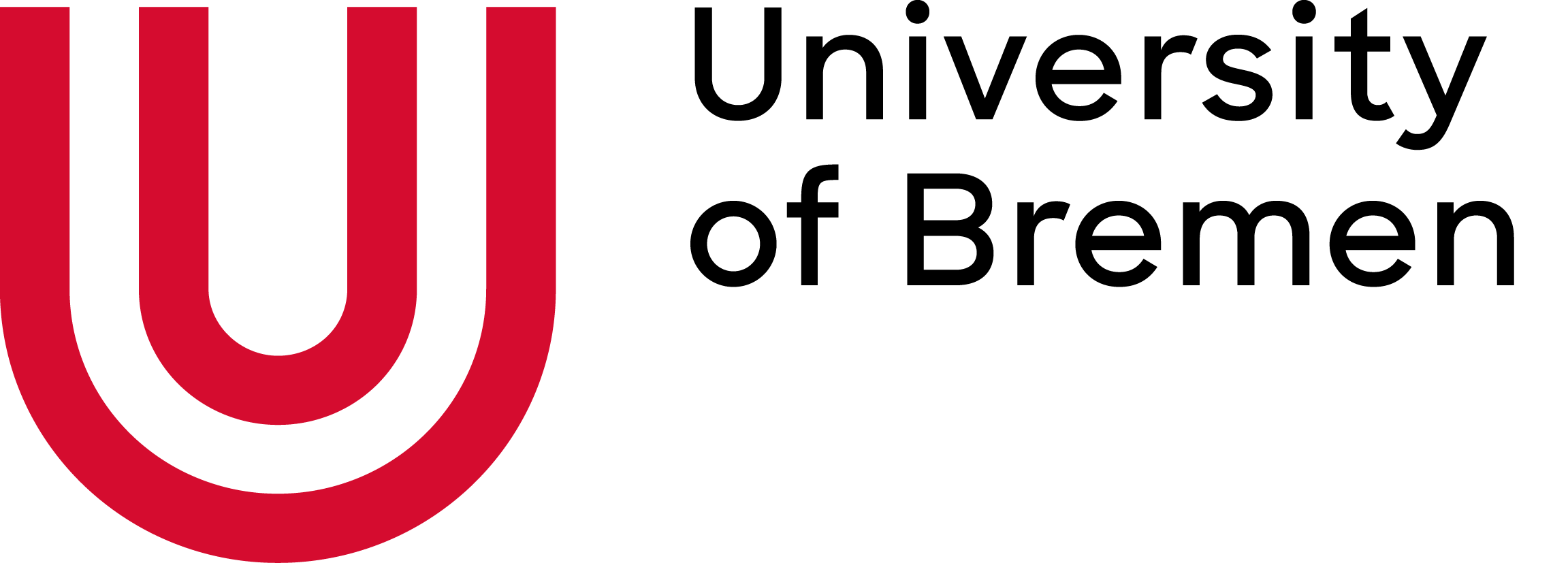Table of Contents
SUTURO @RoboCup German Open 2020
Motivation and Goal
RoboCup@Home wants to provide a stage for service robots and the problems these robots can tackle, like interacting with humans and helping them in their everyday-life. In the cup, the participants have to perform different tests. The first test we try to accomplish is "Storing Groceries". In this setup, the robot has to recognize objects which are provided on a table and then has to sort them in a shelf. The shelf itself will already have some objects inside of it and the robot must categories them so he can correctly place the objects from the table in it. Furthermore, one door of the shelf will be closed, so the robot has to either open it on its own or ask for help. To accomplish the test, the robot has to be able to :
- Navigate between the table and shelf,
- Recognize the objects,
- Find categories for the objects/sort the objects,
- Grasp the objects,
- Put the objects in the shelf,
- Open the door or ask for help
Team

 This projects development process is splitted into the following groups:
This projects development process is splitted into the following groups:
Planning
Teamleader: Jan Schmipf
Manipulation
Teamleader: Marc Stelter
Perception
Teamleader: Evan Kapitzke
Navigation
Teamleader: Marc Stelter
Knowledge
Teamleader: Paul Schipper
We are happy to present our whole team:
Merete Brommarius
merbom[at]uni-bremen.de
Group: Knowledge (NLP&NLG)
Course of studies: Linguistics B.A
Evan Kapitzke
evan[at]uni-bremen.de
Group: Perception
Course of studies: Informatics B.Sc.
Philipp Klein
phklein[at]uni-bremen.de
Group: Planning
Course of studies: Informatics B.Sc.
Tom-Eric Lehmkuhl
tomlehmk[at]uni-bremen.de
Group: Planning
Course of studies: Informatics B.Sc.
Jan Neumann
jan_neu[at]uni-bremen.de
Group: Manipulation
Course of studies: Informatics B.Sc.
Torge Olliges
tolliges[at]uni-bremen.de
Group: Planning
Course of studies: Informatics B.Sc.
Leonids Panagio de Oliveira Neto
leo_pan[at]uni-bremen.de
Group: Perception
Course of studies: Informatics B.Sc.
Fabian Rosenstock
fabrosen[at]uni-bremen.de
Group: Knowledge
Course of studies: Informatics B.Sc.
Jan Schmipf
schimpf[at]uni-bremen.de
Group: Planning
Course of studies: Informatics B.Sc.
Paul Schnipper
schnippa[at]uni-bremen.de
Group: Knowledge (NLP)
Course of studies: Informatics B.Sc.
Marc Stelter
stelter2[at]uni-bremen.de
Group: Navigation/Manipulation
Course of studies: Informatics B.Sc.
Jan-Frederick Stock
jastock[at]uni-bremen.de
Group: Perception
Course of studies: Informatics B.Sc.
Jeremias Thun
thun[at]uni-bremen.de
Group: Perception
Course of studies: Informatics B.Sc.
Fabian Weihe
weihe[at]uni-bremen.de
Group: Manipulation
Course of studies: Informatics B.Sc.
Methodology and implementation
Knowledge:
To fulfill complex tasks a robot needs knowledge and memory of its environment. While the robot acts in its world, it recognizes objects and manipulaties them through pick-and-place tasks. With the use of KnowRob, a belief state provides episodic memory of the robot's experience, recording the robot's memory of each cognitive activity. Via ontologies objects can be classified and put into context, which enables logical reasoning over the environment and intelligent decision making.
Navigation:
In order to perform the task, the robot needs to be able to autonomously and safely navigate within the world. This includes the generation of a representation of its surroundings as a 2D map, so that a path can be calculated to navigate the robot from point A to point B. Collision avoidance of objects which are not accounted for within the map, e.g. movable objects like chairs or people who cross the path of the robot, have to be accounted for and reacted to accordingly as well. The combination of all these aspects allows for a safe navigation of the robot within the environment.
Manipulation:
Manipulation is the control of movements of joints and links of the robot. This allows the robot to make correct movements and accomplish orders coming from the upper layer. Depending on the values received the robot can for example enter objects or deposit them.
Giskardpy is an important library in the cacul of movements. The implementation of the manipulation is done thanks to the python language, ROS, and the iai_kinematic_sim and iai_hsr_sim libraries in addition to Giskardpy.

Planning:
Planning connects perception, knowledge, manipulation and navigation by creating plans for the robot activities. Here, we develop generic strategies for the robot so that he can decide, which action should be executed in which situation and in which order. One task of planning is the failure handling and providing of recovery strategies. To write the plans, we use the programming language lisp.
Perception:
The perception module has the task to process the visual data received by the robot's camera sensors. The cameras send point clouds forming the different objects in the robot's view port. By using frameworks such as RoboSherlock and OpenCV, the perception can calculate the geometric features of the scene. Based on this, it figures out, which point clouds could be objects of interest. It recognizes the shapes, colors and other features of objects and publishes this information to the other modules.

Link to open source and research
Prof. Dr. hc. Michael Beetz PhD
Head of Institute
Contact via
Andrea Cowley
assistant to Prof. Beetz
ai-office@cs.uni-bremen.de
Discover our VRB for innovative and interactive research

Memberships and associations:










